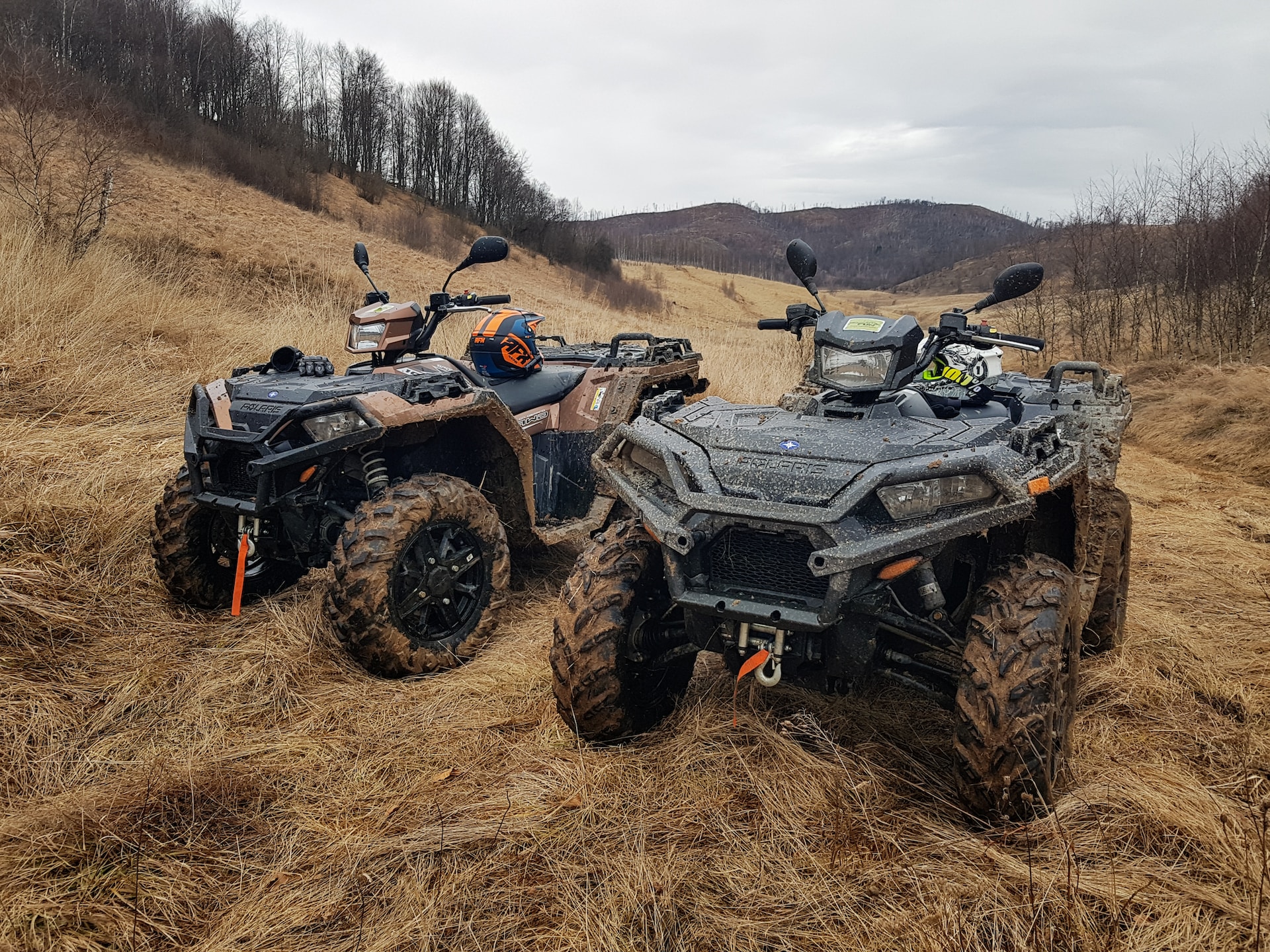As an avid ATV rider, I understand the thrill and excitement that comes with hitting the trails. However, it’s important to remember that ATV riding comes with some inherent risks. That’s why it’s crucial for all riders to prioritize safety at all times. In this blog post, I’ll be discussing everything you need to know about ATV safety, including common causes of accidents, safety gear and equipment, riding techniques, and more.
Contents
The Importance of ATV Safety
ATV riding can be a fun and exhilarating experience, but it’s important to remember that it also comes with risks. According to the Consumer Product Safety Commission (CPSC), there were over 93,000 ATV-related injuries requiring emergency room treatment in 2018 alone. These injuries can range from minor cuts and bruises to more serious injuries such as broken bones, spinal cord injuries, and even death. That’s why it’s crucial for all riders to prioritize safety every time they hit the trails.
Common Causes of ATV Accidents
Understanding the most common ATV accidents is the first step in preventing them. One of the most common causes of ATV accidents is speeding. It’s easy to get caught up in the moment and push your ATV to its limits, but this can be extremely dangerous. Another common cause of accidents is riding on uneven or unstable terrain.
This can lead to the ATV tipping over or losing control. Other factors that can contribute to accidents include riding under the influence of drugs or alcohol, riding without proper safety gear, and riding with a passenger.
ATV Safety Gear and Equipment
Wearing the proper safety gear can go a long way in preventing injuries in the event of an accident. This includes a helmet, goggles or a face shield, gloves, boots, and protective clothing such as a long-sleeved shirt and pants. It’s important to choose gear that fits properly and is specifically designed for ATV riding. In addition to safety gear, it’s also important to ensure that your ATV is equipped with the necessary safety equipment, such as lights, reflectors, and a functioning brake system.
ATV Maintenance and Inspection
Regular maintenance and inspections are crucial for ensuring that your ATV is in good working condition. This includes checking the brakes, tires, and suspension, as well as making sure that all bolts and nuts are tightened properly. It’s also important to check the oil and other fluids regularly and to replace them as needed. By keeping your ATV well-maintained, you can reduce the risk of accidents caused by mechanical issues.
Proper ATV Riding Techniques
Proper riding techniques are essential for preventing accidents on the trails. This includes keeping both hands on the handlebars at all times, using your body weight to shift the ATV’s balance, and avoiding sudden movements that can cause the ATV to tip over. It’s also important to keep a safe distance from other riders and to avoid riding on terrain that is beyond your skill level.
Rules and Regulations for ATV Riders
Each state has its own rules and regulations governing ATV riding, so it’s important to familiarize yourself with the laws in your area. This may include age restrictions, helmet laws, and requirements for ATV registration and insurance. It’s important to follow these rules to avoid fines and other legal consequences, as well as to ensure your own safety and the safety of others.
ATV Safety Training and Certification
Taking an ATV safety course can be a great way to learn proper riding techniques and safety procedures. Many states require riders to complete a safety course before operating an ATV. These courses cover topics such as riding techniques, safety gear, and maintenance and inspection. Completing a safety course can not only help you stay safe on the trails but can also make you a more confident and skilled rider.
Tips for Riding in Different Terrains
Different terrains require different riding techniques. For example, riding on sand or snow requires a wider stance and slower speeds, while riding on rocky terrain requires careful maneuvering and balance. It’s important to research the terrain you’ll be riding on and to adjust your riding techniques accordingly. It’s also important to be aware of any obstacles or hazards, such as rocks or fallen trees, and to avoid them whenever possible.
Conclusion
ATV riding can be a fun and exciting experience, but it’s important to remember that safety should always be your top priority. By understanding the common causes of accidents, wearing proper safety gear, maintaining your ATV, using proper riding techniques, following rules and regulations, and avoiding common riding mistakes, you can stay safe on the trails and enjoy all that ATV riding has to offer.



